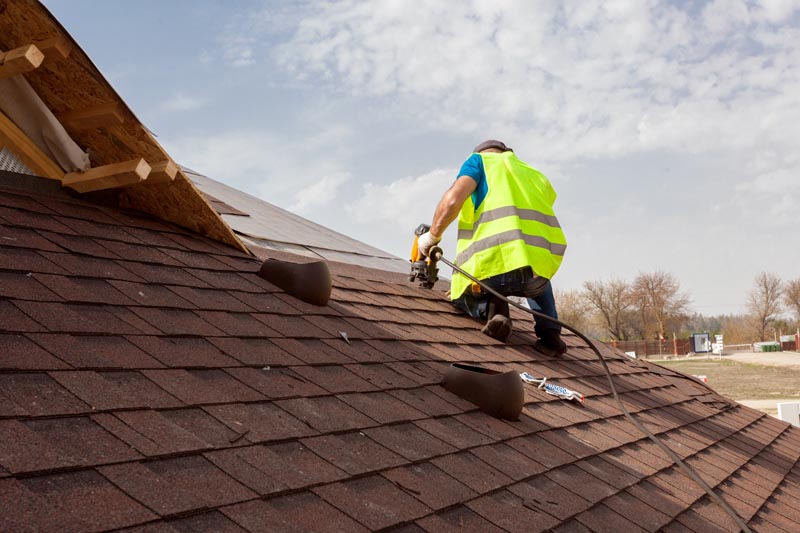
DIY Roof Inspection: Tools and Techniques for Baltimore Homeowners
DIY Roof Inspection: Tools and Techniques for Baltimore Homeowners
Conducting a Thorough Roof Inspection in Baltimore
As a homeowner in Baltimore, it is crucial to regularly inspect your roof to ensure its longevity and identify any potential issues before they escalate into costly repairs or replacements. While it’s always recommended to consult with a professional roofer for a comprehensive inspection, there are certain techniques and tools you can utilize to conduct a preliminary assessment on your own. By following these guidelines, you can stay proactive in maintaining the integrity of your roof and safeguarding your home against any potential hazards.
To begin with, a thorough roof inspection should encompass a visual assessment from both the ground and the rooftop itself. Start by examining your roof from the street or your yard, keeping an eye out for any visible signs of damage such as missing or damaged shingles, dented gutters, or sagging areas. While this initial observation provides a basic overview, it is essential to venture onto your roof for a closer examination.
When climbing onto your roof, ensure that you have taken all necessary safety precautions, such as wearing appropriate footwear and using a sturdy ladder. Once on the roof, focus on inspecting each shingle individually. Look out for signs of wear and tear, such as curling or buckling shingles, as well as any loose or missing ones. Additionally, check for signs of mold, moss, or algae growth, as these can indicate moisture-related issues.
A comprehensive inspection should also include an evaluation of the roof’s flashing and ventilation systems. Flashing refers to the metal strips installed along roof edges, chimneys, skylights, and vents to prevent water from seeping into vulnerable areas. Ensure that the flashing is intact and properly sealed to avoid water damage. Additionally, examine the ventilation system, including ridge vents and soffit vents, to ensure they are clear of debris and functioning effectively.
Essential Tools and Steps for Baltimore Home Roof Inspections
To conduct an efficient DIY roof inspection in Baltimore, it is helpful to have a few essential tools at your disposal. Firstly, a sturdy ladder is crucial for safely accessing your roof. Ensure that the ladder is tall enough to reach comfortably and has non-slip rungs to prevent accidents. Additionally, invest in a good pair of binoculars to perform a detailed visual inspection from the ground, saving you from unnecessary climbing.
When inspecting your roof up-close, a few specialized tools can be advantageous. A roofing hammer or pry bar can aid in lifting shingles and checking for damage underneath. A utility knife is handy for trimming any excessive caulking or sealant around the flashing or vents. A caulk gun and roofing sealant can also come in handy for minor repairs, such as fixing small cracks or resealing joints.
In terms of inspection steps, begin by examining the gutters and downspouts for debris buildup, as clogged gutters can lead to water overflow and potential damage to the roof. Next, assess the roof surface, looking for any visible signs of damage, missing shingles, or areas that appear to be sagging. Pay attention to the condition of the flashing around chimneys, skylights, and vents.
Once you have completed the exterior inspection, it’s time to head inside your home’s attic. Check for any signs of water leaks, such as stained insulation or dampness on the ceiling. Ensure that the attic vents are open and unobstructed to allow proper ventilation. Lastly, use a flashlight to inspect the attic roof structure and look for signs of wood rot or water damage.
While a DIY roof inspection can provide valuable insights, it’s crucial to remember that it does not substitute a professional evaluation. If you notice any significant issues or are unsure about the condition of your roof, consulting a professional roofer in Baltimore is recommended. Regular inspections, timely repairs, and preventive maintenance will contribute to the longevity of your roof and protect your investment for years to come.